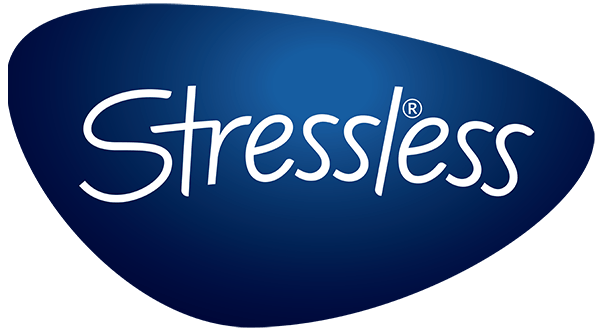The leather for our furniture is a natural material that comes from cattle hides. Once the hide has gone through a tanning process and further processing to achieve the correct utilisation properties, it is called 'leather'. One characteristic of hide is that it is marked by nature, vegetation and the care the animal has been subjected to. Cattle spend most of their lives outdoors. Therefore, they will be marked by external influences like insect bits, tears, scars, wrinkles, stretch marks, etc.
PROPERTIES:
The following are some of the properties of leather that you should be aware of: Leather is a natural product that is a beautiful and lively material used in furniture making. Each hide is unique in its structure, appearance, nuances and size. Ekornes may use several hides when making your furniture. This, together with the leather’s play of colours and natural marks, makes each piece of furniture unique. In time, the leather will age and develop a patina. It is important that you are aware of one thing: although leather furniture can withstand a lot of wear and tear, its appearance will change over the years.
COLOUR NUANCES:
The following applies to all types of leather used by Ekornes: Hide absorbs dyes differently. Therefore, the leather may have colour nuances. These are due to general variances and different fibre structures, which affect the colouring of the hide and how the hide absorbs the dyes during the tanning process.
TOP COLOUR AND FLASH SIDE COLOUR:
All our leather qualities are deep dyed, but there could always be a deviation between the basic colour of the hide (the colour of the side that faces the upholstery side of the furniture), and the colour of the grain side (the external side) i.e. the colour of the outer layer. This is normal. It is possible to use the same basic colour for leathers with different top colours. Dyes and dyeing methods may vary between the different leather colours and leather qualities. Therefore, the basic colour and the colour of the top layer (which forms the wear layer and the final desired colour of the finished product) of a given leather quality may differ.
TWO-TONE EFFECT: Some of the leather dyes have a two-tone colour effect (shadow/antique effect). Leather dyed with a two-tone effect may change character faster and wear more unevenly than leather with just one colour. This applies in particular to areas of the furniture that are exposed to harder wear such as armrests, seat cushions and neck supports.
TOP-LAYER RESISTANCE:
The top layer protects the leather and simplifies cleaning, but is nonetheless vulnerable to soiling and wear. If the top layer/top colour is destroyed, the leather may deteriorate more quickly. Penetrating spills/damage/scratches are normally irreparable and may result in the top colour changing character, cracking or peeling off.
CONTAMINATION:
Denim clothes and hard textiles such as dungaree jeans expose the leather to strong wear and may leave colour on the leather that is difficult to remove without risking destruction of the top colour of the leather. Light leather colours in particular are vulnerable to such colour contamination.
All furniture leather sold by Ekornes is resistant to light, but changes in colour may occur as a result of use and extensive exposure to light. Consequently, furniture should not be exposed to direct sunlight or direct heat from heaters and other heat sources. Leather is vulnerable to exposure to oils from direct contact with human skin (especially the neck and hands).
IMPORTANT TO REMEMBER:
Remember: leather has a relatively long lifetime but can easily be destroyed by incorrect handling.
NATURAL MARKS: Some of these marks are important because they give the furniture individuality while giving the leather character. Others may mark the appearance and are hidden on the furniture – or not used at all. Ekornes have stringent, fixed rules for the choice and use of leather. Here are the types of natural markings that may be found and where you can find them on the furniture.
Type 1:
Used on surfaces subject to wear and other highly visible parts of the furniture
1.1 Healed scars.
1.2 Fat folds and neck wrinkles.
1.3 Veins.
1.4 Uneven grain.
1.5 Colour differences resulting from leather varieties.
1.6 Insect bites.
Type 2:
Used on less visible parts of the furniture
2.1 Salt stains.
2.2 Clusters of healed scars/bites/scratches.
2.3 Warts.
Type 3:
Used on hidden or less visible parts of the furniture
3.1 Fertiliser stains.
3.2 Comb marks.
3.3 Marks caused by mechanical treatment during tanning or production.
